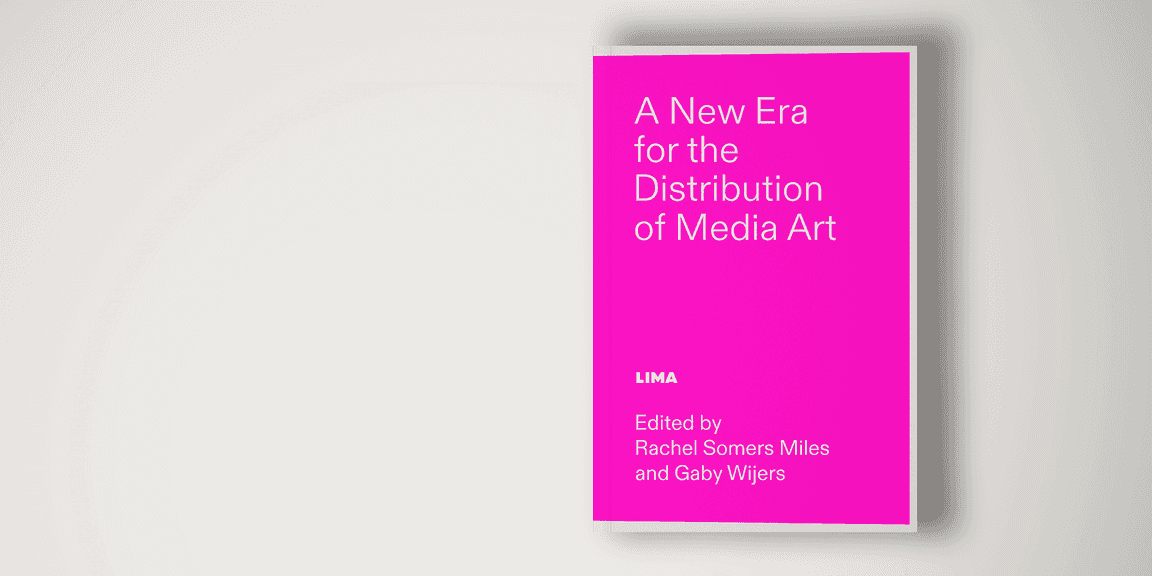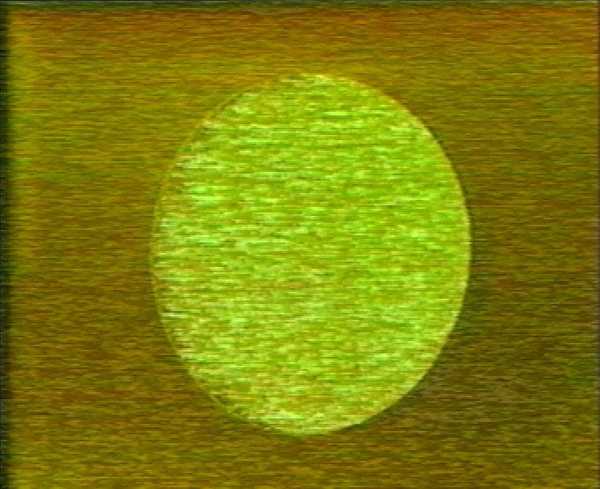
New Developments in Distribution
Order the publication A New Era for the Distribution of Media Art
Distribution is one of LI-MA’s key activities. On a regular basis, LI-MA researches new developments in the field of media art distribution. The recent publication A New Era for the Distribution of Media Art (2023) presents new insights into distributing technologically complex artworks on various digital platforms.
Order your print copy at Underbelly (NL), Barnes & Noble or Amazon.
Challenges for the Distribution of Media Art
In recent years, media art distributors have seen their distribution and revenue models eroded. The focus on shareability and mass distribution – rooted in the ideals of early video art – was always at odds with the scarcity-based model of the art world. But now emerging digital economies are pushing this model to its limits.
Profound shifts in artistic practice over the past decades have also posed challenges to existing distribution models. Increasingly, artists are engaging in digital art, using custom-built software or AI-driven tools and producing live AV performances, immersive installations or game-inspired experiences.
Unfortunately, due to their technical complexity, the distribution of these types of media art often falls between the cracks, fitting neither the models of the film and visual arts worlds nor that of existing video art distribution.
Research Findings: A Distributional Turn Yields New Opportunities
There are already tried and tested strategies for the distribution of complex software-based art, such as festival-based distribution. However, the infrastructure and/or expertise needed to execute these strategies effectively is often lacking. That’s where media art distributors such as LI-MA can provide the necessary knowledge and tools. This raises the question: how can a distributional turn, calling on the expertise of media arts distributors, strengthen this new infrastructure?
An infrastructure tailored for software-based art stands on uneven foundations, as highlighted by the potential of strategies such as festival-based distribution, commodification through encapsulation and emulation, and decoupling ownership from possession (e.g. NFTs).
Furthermore, in media art, works that exist only as files constitute a particular category. How do various types of digital platforms and their ingrained distribution models create opportunities for fair and sustainable distribution for this type of software-based art?
These questions are not new but have gained momentum since the COVID-19 pandemic. As a result, this publication explores the acceleration of media art distributors’ transformation by critically embracing emerging technologies and innovative strategies that guarantee public accessibility, thus opening up a new era for the distribution of media art.
Mapping the Transformation of Distribution
This research, conducted in 2019–2022, aimed to map the state of digital art distribution internationally. It investigated various distribution models and their financial business models for video art, art-as-files and software-based installations. The project sought to gather insights through a literature review and interviews with distributors, artists, festivals, platforms, and other stakeholders to assess successes, challenges, and lessons learned from different distribution practices.
Furthermore, the researchers focused on distribution model business cases. More understanding about current practices was generated through collaborations with other organisations and a round table meeting with fellow distributors at the end of 2020 when the effects of the COVID-19 pandemic gradually became apparent. In a subsequent phase, attention was paid to new technologies through online platforms for distribution.
Information
Rachel Somers Miles & Gaby Wijers (eds.) A New Era for the Distribution of Media Art. Amsterdam, LI-MA, 2023.
Paperback / 132 pages / ISBN: 978909036902
Order your print copy at Underbelly (NL), Barnes & Noble or Amazon.










